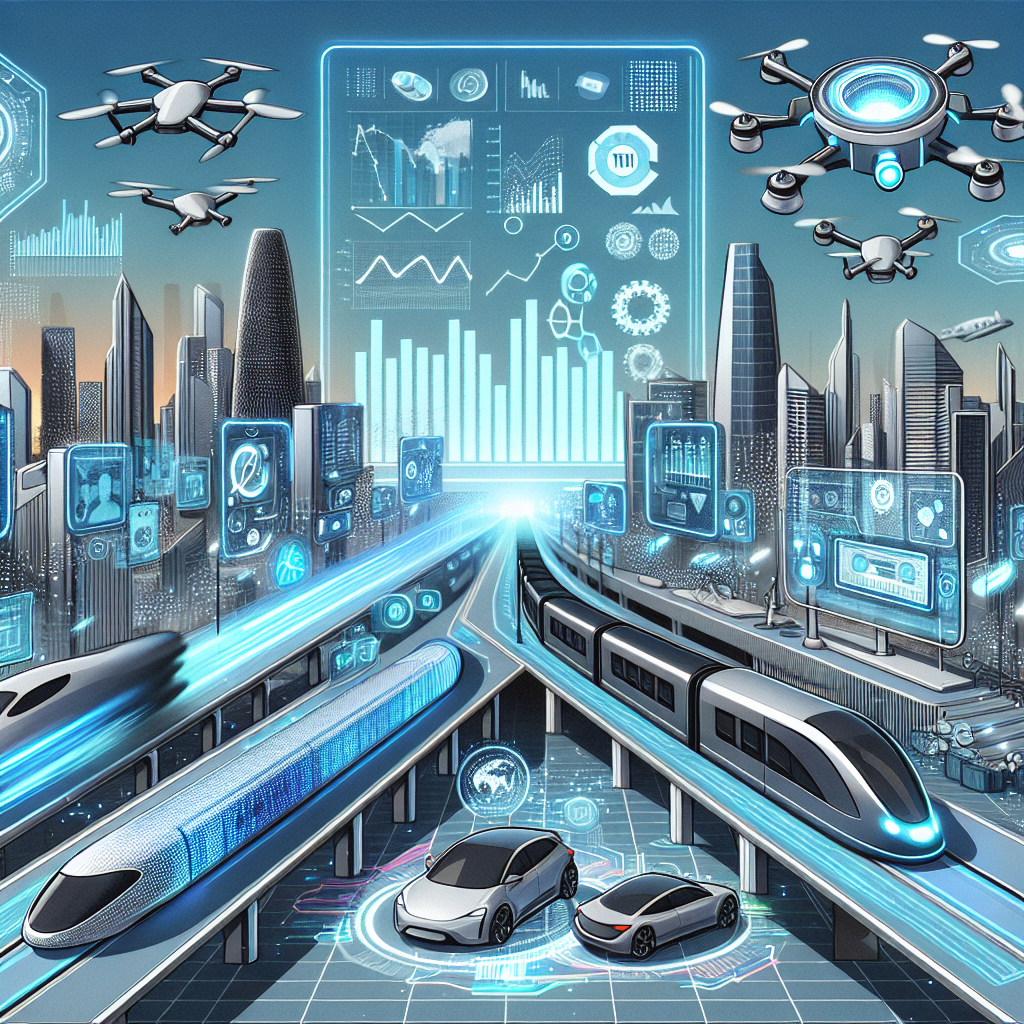Introduction
Dynamic pricing is a strategy used by businesses to adjust the prices of their products or services in real-time based on various factors such as demand, competitor pricing, and market conditions. This strategy allows companies to maximize their profits by charging customers the optimal price for their offerings. In recent years, artificial intelligence (AI) has played a significant role in helping businesses implement dynamic pricing strategies effectively. In the transportation industry, AI-powered dynamic pricing has become increasingly popular as companies look for ways to increase revenue and improve customer satisfaction. This article will explore how AI can be leveraged for dynamic pricing strategies in transportation and the benefits it can bring to businesses.
Benefits of AI-powered Dynamic Pricing in Transportation
1. Increased Revenue: By using AI algorithms to analyze large amounts of data, transportation companies can identify pricing trends and adjust their prices accordingly to maximize revenue. AI can help companies determine the optimal price for each route, time of day, and customer segment, leading to increased profits.
2. Improved Customer Satisfaction: AI-powered dynamic pricing allows transportation companies to offer personalized pricing to customers based on their preferences and behavior. This can lead to increased customer loyalty and satisfaction, as customers feel that they are getting a fair price for the service they are receiving.
3. Competitive Advantage: By leveraging AI for dynamic pricing, transportation companies can stay ahead of the competition by quickly adapting to changes in the market. AI algorithms can analyze competitor pricing strategies and adjust prices in real-time to ensure that the company remains competitive.
4. Efficient Resource Allocation: AI can help transportation companies optimize their pricing strategies to maximize the utilization of their resources. By adjusting prices dynamically based on demand, companies can ensure that they are making the most efficient use of their vehicles and infrastructure.
5. Real-Time Decision Making: AI-powered dynamic pricing allows transportation companies to make pricing decisions in real-time, based on the latest market data. This enables companies to respond quickly to changes in demand and adjust prices accordingly to maximize revenue.
How AI is Used for Dynamic Pricing in Transportation
AI-powered dynamic pricing in transportation involves the use of machine learning algorithms to analyze data and make pricing decisions in real-time. Some of the key ways AI is used for dynamic pricing in transportation include:
1. Demand Forecasting: AI algorithms can analyze historical data on demand for transportation services to predict future demand patterns. This allows companies to adjust prices dynamically based on anticipated demand, ensuring that they are able to maximize revenue during peak periods.
2. Competitive Pricing Analysis: AI algorithms can analyze competitor pricing strategies and market conditions to determine the optimal price for transportation services. Companies can use this information to adjust their prices in real-time to remain competitive in the market.
3. Personalized Pricing: AI can analyze customer data to create personalized pricing offers based on factors such as customer preferences, behavior, and purchase history. This allows companies to offer tailored pricing to individual customers, increasing customer satisfaction and loyalty.
4. Real-Time Pricing Optimization: AI algorithms can analyze real-time data on factors such as demand, weather conditions, and traffic patterns to optimize pricing in real-time. This allows companies to adjust prices dynamically based on changing market conditions, ensuring that they are able to maximize revenue.
5. Dynamic Fare Setting: AI algorithms can analyze pricing data to determine the optimal fare for transportation services based on factors such as route, distance, and time of day. Companies can use this information to adjust fares dynamically to reflect changes in demand and market conditions.
FAQs
Q: How does AI-powered dynamic pricing benefit transportation companies?
A: AI-powered dynamic pricing allows transportation companies to maximize revenue, improve customer satisfaction, stay competitive, optimize resource allocation, and make real-time pricing decisions.
Q: How does AI analyze data for dynamic pricing in transportation?
A: AI algorithms analyze data on factors such as demand, competitor pricing, market conditions, customer preferences, and real-time data to make pricing decisions in transportation.
Q: Can AI help transportation companies offer personalized pricing to customers?
A: Yes, AI can analyze customer data to create personalized pricing offers based on factors such as customer preferences, behavior, and purchase history.
Q: How can transportation companies use AI for real-time pricing optimization?
A: AI algorithms can analyze real-time data on factors such as demand, weather conditions, and traffic patterns to optimize pricing in real-time and make pricing decisions based on the latest market data.
Q: What are the key benefits of AI-powered dynamic pricing in transportation?
A: The key benefits of AI-powered dynamic pricing in transportation include increased revenue, improved customer satisfaction, competitive advantage, efficient resource allocation, and real-time decision making.
Conclusion
AI-powered dynamic pricing is transforming the transportation industry by enabling companies to optimize pricing strategies and maximize revenue. By leveraging AI algorithms to analyze data and make pricing decisions in real-time, transportation companies can stay competitive, improve customer satisfaction, and make more efficient use of their resources. As AI continues to evolve, we can expect to see even more innovative applications of dynamic pricing in transportation, leading to a more efficient and customer-centric industry.

